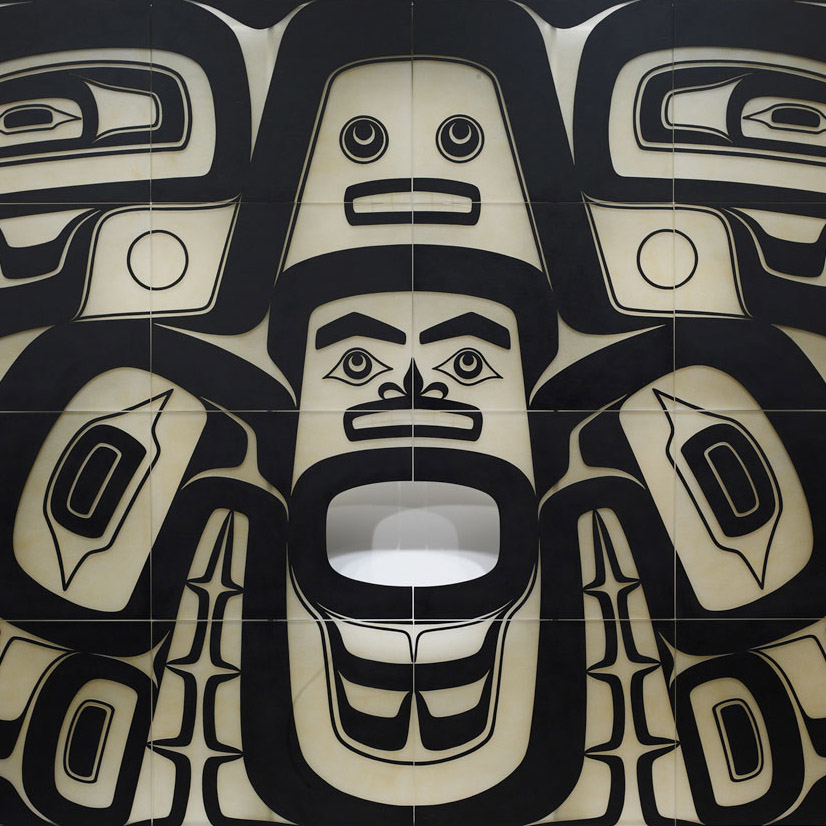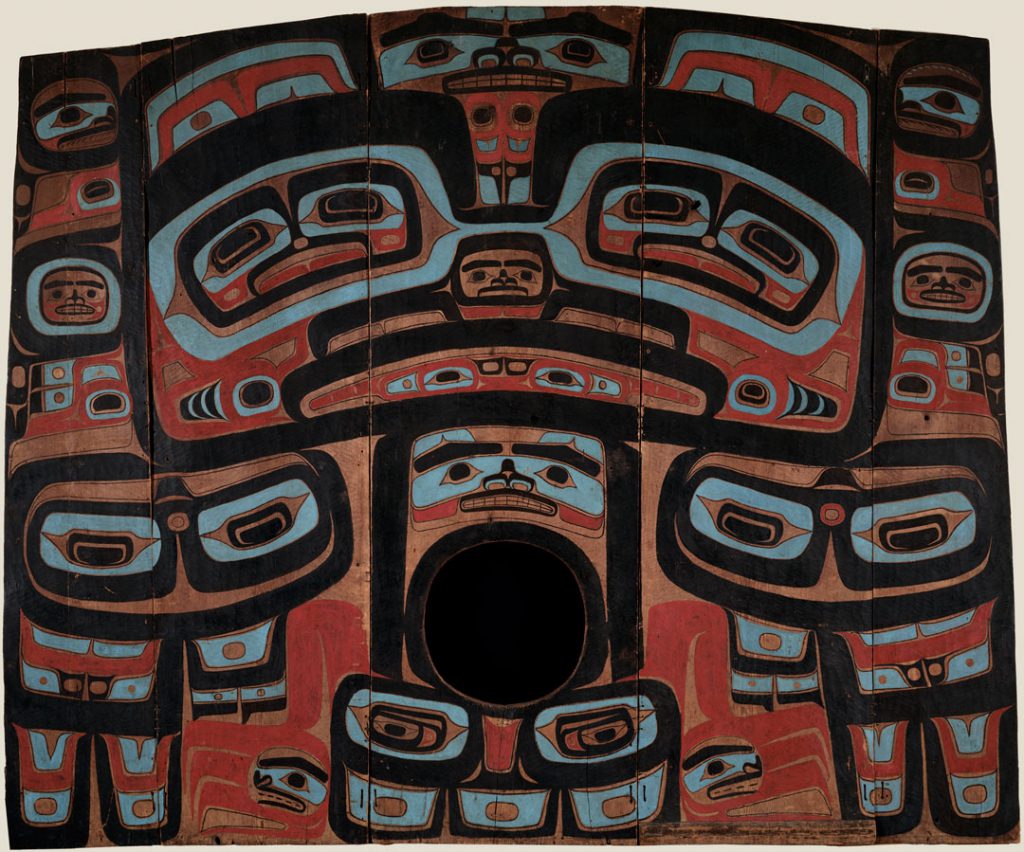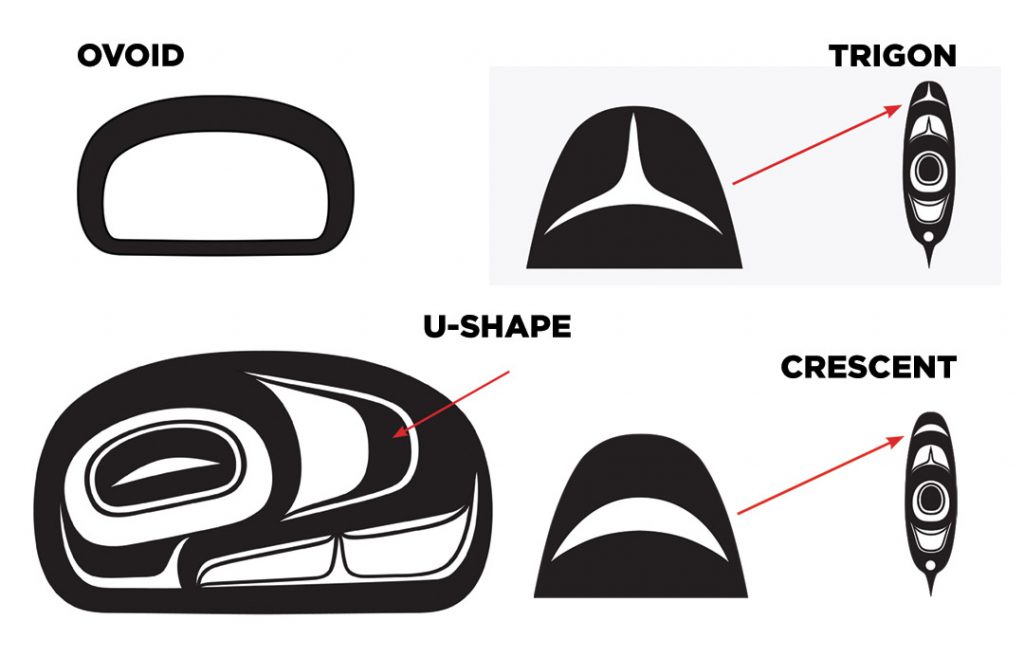Flow with Keet Shagoon

Hear artist Preston Singletary talk about the imagery in his work and how he uses the medium of glass to reconnect and reinterpret traditional Tlingit art and culture.
In addition to being a visual artist, Preston Singletary is a musician and member of Khu.éex’, an Indigenous band. The band focuses on bringing awareness to social issues affecting Indigenous communities and keeping tribal culture and endangered ancient languages alive through music, storytelling, and art.
Listen to a Khu.éex’ song. As you listen, think about the story being told through the song and how this might be visually represented in Keet Shagoon.
Excerpt from”Khu.éex’: the Magic of Noise” by Heartstone Studios.
Watch this clip of Singletary describing how his glass art flows like music.
Singletary was inspired by YéilX’eenh (RavenScreen), which hangs in SAM’s galleries across from Keet Shagoon. YéilX’eenh (Raven Screen) is an interior house screen like those that can be found in the clan houses of the Tlingit tribal community. These screens separate the chief’s quarters from the rest of the clan house. The small hole in the middle of the screen acts as a portal that is used by the chief to make dramatic entrances when entertaining guests or at potlatches. The imagery on the screen depicts a family crest—in this case, it depicts Raven.

How are these artworks similar? How are they different?
How are the materials the artists use different?
What could these continuities and departures tell us?

Both Keet Shagoon and YéilX’eenh use formline design, a stylistic approach that serves as the foundation for designs by artists from central British Columbia to southeast Alaska. Objects like animals or people are depicted with one continuous outline, called a form line, and then filled with different shapes that represent anatomical details like eyes, wings and fins, thus creating positive and negative space within the delineated object.
Formline designs are typically made up of four basic shapes. See how many you can identify in both the contemporary artwork and the traditional artwork the next time you visit SAM.